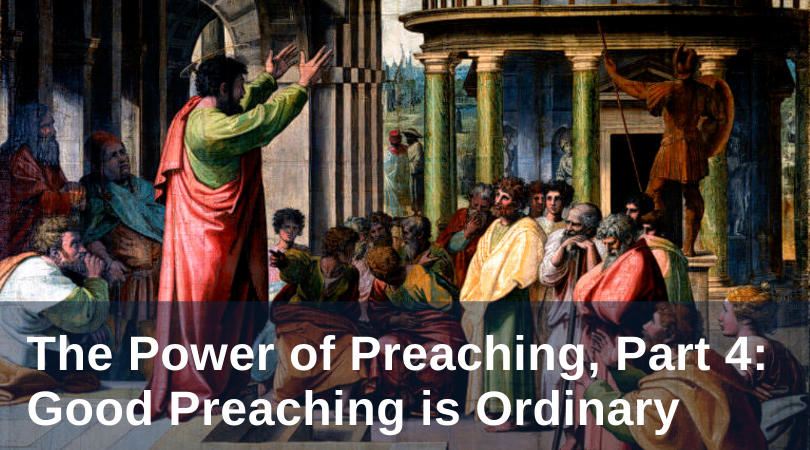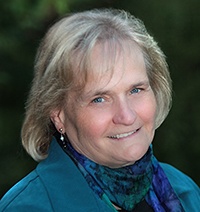
The greatest preacher on earth sat down and began to teach: “There once was a sower who went out to sow. . .” Through ordinary words and images, Jesus wove a rich theology of spiritual receptivity through a metaphor that still changes lives. Everyday life is the springboard for effective preaching. “Good” preaching is deep and rich and ordinary.
Preachers tell me that the more theology they learn, the harder it is to remember what it was like not to know theology. Words like salvation and mercy, redemption and grace become part of the vocabulary of the theologically educated. They flow off the tongue readily in the event of preaching.
Those of the “inner circle” of a parish go to Bible studies and listen to Catholic radio; they may understand what “salvation” means to their lives. But five out of six regular church-goers do not participate in anything other than Mass (CARA, 2012). Thus the homily is a significant source of their formation in faith. They may have a vague sense of what “salvation” is, but it may not dwell often in their thoughts. “Churchy words” have gone flat: there is no air of experience to fill those words with meaning. They are just something that “people in church” say.
St. John Chrysostom was called Golden Tongue for his fine preaching. He savored the small moments of human life and wove them into his homilies, preaching about soldiers and longshoremen, farmers and mothers. Concrete and sensory, he translated the Gospel into everyday smells and sounds and sights. It may seem counterintuitive, but to become more effective in preaching, like Chrysostom and Jesus of Nazareth, go smaller, be more ordinary in language and image.
I have sometimes gotten push-back about “go smaller” when I coach preachers. Why? For some, it may feel more pious to use lofty words: that’s what “preaching is supposed to sound like.” Churchy words sound, well, more “churchy.” Preaching a homily is also personally vulnerable; it is sometimes safer to hide behind theological abstractions than to try to translate rich theology into ordinary life. If we begin from the premise that preaching is an act of love, then the homilist takes Scriptures and his people to prayer and then emerges from that preparation with a homily that connects with their lives.
One preacher told me that he didn’t really know how people live. Since seminary, someone else had done his shopping, cooking, and housekeeping. How was he to connect with the everyday lives of his people? I suggested that he take the Sunday readings on his phone, go to the big box store down the road and ponder the readings next to the lettuce. (Would that look strange? No, lots of folks read their phones among the romaines.) How do Jesus’ words “Let the children come to me” echo differently when a toddler is squirming in a grocery cart next to you? This preacher now regularly composes his homily at a local coffee shop, making an effort to be among people. His homilies have grown more “ordinary” as a result and his people feel more connected to him and to God.
Go smaller. Be ordinary in your language and your images. The young people whom I studied asked that preachers relate to them, and a few wanted to relate to their preachers, asking preachers to “go deeper” (Connecting Pulpit and Pew, 90). Connect things they struggle with to how Jesus relates to them. When that connection happens, they are strengthened: “Listening to the homily just uplifts my heart and I just feel really good about myself when I hear about Jesus” (CP&P, 105). Jesus did not water down the Gospel by speaking in everyday language; he made the Good News accessible.
This is a theological point for both preachers and hearers. Do we believe together that the Gospel of Jesus Christ makes a difference in everyday life? In the early Church, all walks of life were vehicles for preaching. As we define “good preaching,” its end result is that a homilist preaches on Sunday so that his people go out and preach on Monday.
The purpose of preaching is to help the faithful encounter the triune God. As God’s people, we pray for spiritual renewal, for both lay and ordained. Incremental improvement in preaching can spur exponential growth in our faith lives.
Like what you read? Submit your email below to have our newest blogs delivered directly to your inbox each week.
Featured Image: Raphael (1483–1520), St. Paul Preaching in Athens (1515); public domain.


